After listening to Mr. Hong, Rui Hong’s introduction of Pin Rui Farm and his mushroom cultivation techniques, we asked several questions. The content is as follows:
1. Would you please tell us the sales channels of mushrooms from the farm?
My sales channel is distributors. They sell my products to supermarkets or traditional markets. Other than distributors, there are also some retailers living nearby. They come to buy our mushrooms, but we rely mainly on distributors.
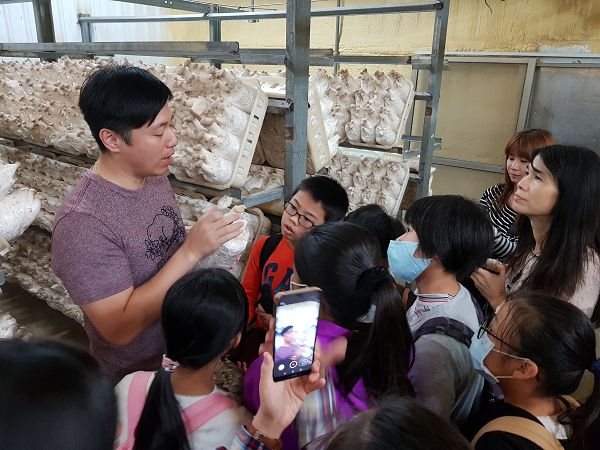
 2. Do you have a Facebook fan page?
2. Do you have a Facebook fan page?
Yes, we did create a fan page but we did not manage it. After all, our products are agricultural. They are not like those exquisite products.
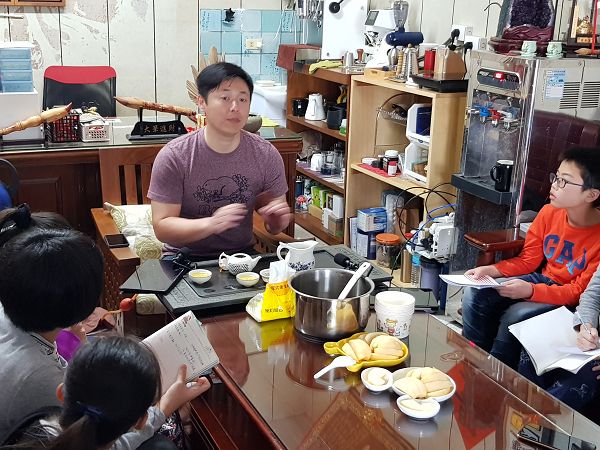
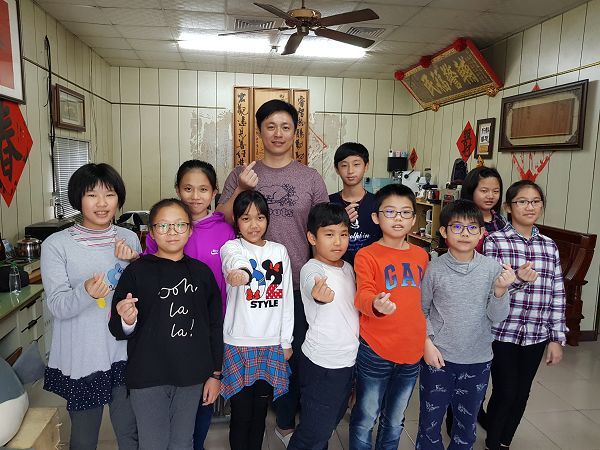 3. I’ wondering what prompted you to engage in mushroom cultivation?
3. I’ wondering what prompted you to engage in mushroom cultivation?
I had been in this business since 2006. The reason is that when I was demobilized, my aunt grew mushrooms in Puli. After I had done some business, my father asked me if I wanted to start my own undertaking, which, after discussing with my aunt, was mushroom cultivation. We thought it was a promising career. It all felt novel to me because my majors were physical education and art, so transferring into mushroom business is something new and I thought I would give it a try.
4. Have you ever undergone difficulty? If yes, how did you solve it?
At first, yes. We encountered a bunch of problems. Mushrooms have lives but they don’t talk, so you have to understand them by their sickness and failure to grow out. We spent lots of time, money, manpower and material resources. Yet, some problems were just unsolvable, so we had tried to try many different ways.
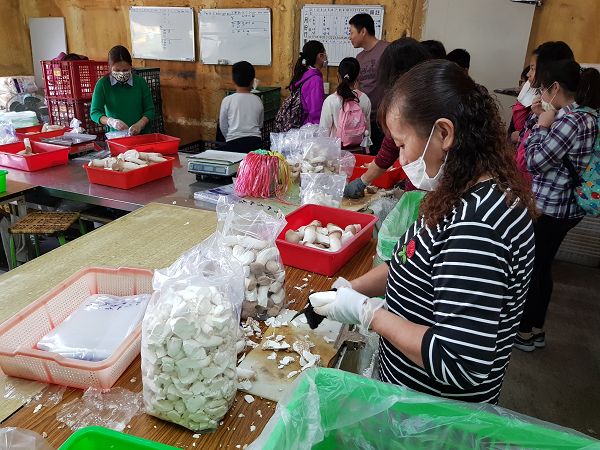
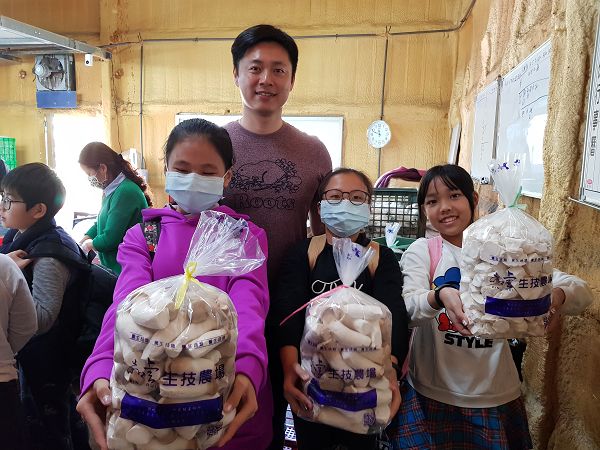 5. Are king oyster mushrooms classified into different levels? If so, what are their prices?
5. Are king oyster mushrooms classified into different levels? If so, what are their prices?
They are classified into four kinds, A, B, C and D. The price for A is 80 NT dollars, $70 for B, $60 for C and $50 for D, so on average, it is 65 dollars. The prices of different levels vary, and the average is roughly 65 dollars.
1. Would you please tell us the sales channels of mushrooms from the farm?
My sales channel is distributors. They sell my products to supermarkets or traditional markets. Other than distributors, there are also some retailers living nearby. They come to buy our mushrooms, but we rely mainly on distributors.


Yes, we did create a fan page but we did not manage it. After all, our products are agricultural. They are not like those exquisite products.


I had been in this business since 2006. The reason is that when I was demobilized, my aunt grew mushrooms in Puli. After I had done some business, my father asked me if I wanted to start my own undertaking, which, after discussing with my aunt, was mushroom cultivation. We thought it was a promising career. It all felt novel to me because my majors were physical education and art, so transferring into mushroom business is something new and I thought I would give it a try.
4. Have you ever undergone difficulty? If yes, how did you solve it?
At first, yes. We encountered a bunch of problems. Mushrooms have lives but they don’t talk, so you have to understand them by their sickness and failure to grow out. We spent lots of time, money, manpower and material resources. Yet, some problems were just unsolvable, so we had tried to try many different ways.


They are classified into four kinds, A, B, C and D. The price for A is 80 NT dollars, $70 for B, $60 for C and $50 for D, so on average, it is 65 dollars. The prices of different levels vary, and the average is roughly 65 dollars.
Data Compilation :Members of Expert Expedition
Source of Photos :Members of Expert Expedition
Source of Information:Members of Expert Expedition
Source of Photos :Members of Expert Expedition
Source of Information:Members of Expert Expedition




